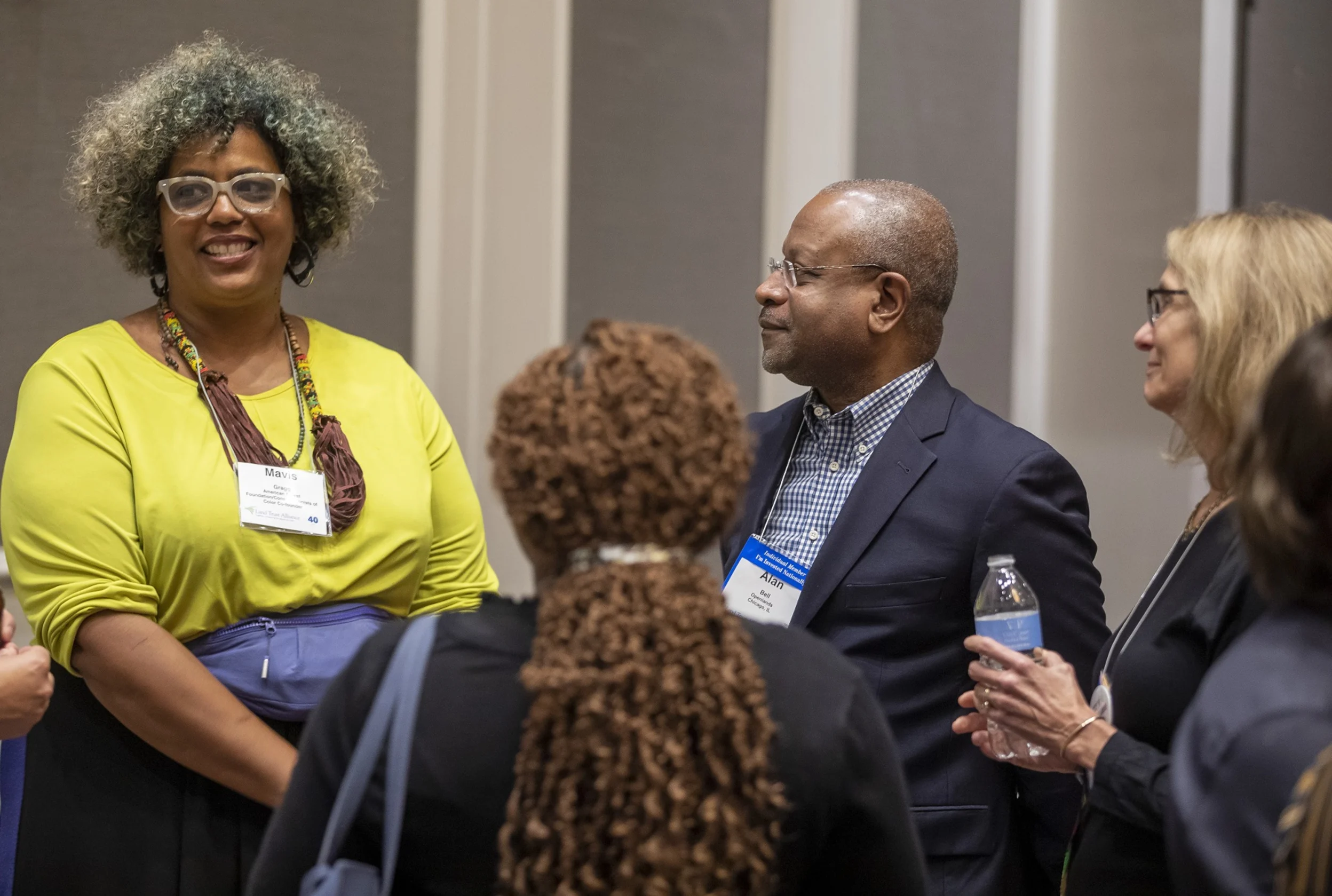Let’s conserve diverse perspectives
Conservationists of Color puts the voices of those often relegated to the margins at the forefront while offering safe spaces.

It is no secret that the conservation field has fallen short of reaching people of diverse backgrounds. Conservationists of Color is an affinity group for people of color who believe in protecting the air we breathe, the water we drink and the land we love. This group puts the voices of those often relegated to the margins at the forefront while offering safe and brave spaces for conservationists of color.
Diversity in nature is essential to the preservation of healthy ecosystems. For the conservation movement to outpace the natural world’s destruction, we will need all people to come together for a common purpose. Attending the Land Trust Alliance Rally 2022: The National Land Conservation Conference in New Orleans, Louisiana, for the first time gave me hope for the future. The first event I attended was the Conservationists of Color (CoC) happy hour. Seeing a line of very diverse conservationists waiting to enter the CoC reception was inspiring.
I learned about the Rally conference from the CoC, and the opportunity for me and many others to participate in Rally would not have been possible without the U.S. Department of Agriculture's Natural Resources Conservation Service (NRCS) stipend. Creating openings for new voices and leaders to emerge is so powerful (and necessary) for many reasons. Tapping into diversity in perspectives is essential for the conservation movement to grow.
In early 2019, Zoraida Lopez-Diago and a team of five practitioners of color — Amie Schiller, Dez Ramirez, Karena Mahung, Mavis Gragg and Sam Cook — developed and launched the Conservationists of Color, formally kicking off at Rally 2019 in Raleigh, North Carolina. Collaboration and cooperation create power and possibilities. I am a proud member of the CoC because I believe in the power of community, especially when, as conservationists of color, we do not have the same access to resources or connections.
During a panel discussion about how to increase diversity, equity and inclusion in conservation, Mavis Gragg, CEO of HeirShares, acknowledged that power dynamics, equity and inclusion causes people to tense up. I couldn't agree more. To increase our impact, we must be more intentional about creating more inclusive spaces. It will be messy, complicated and straight-up awkward sometimes. For too long, decisions concerning crucial issues related to economic development, access to open space and local economies in communities of color have been made with no Black, Latino, Indigenous or People of Color (BIPOC) community leaders or decision-makers at the table.

My family comes from the Dominican Republic. As a white-passing Latine man, I understand my relative privilege and how it opens doors that would be closed to some of my closest relatives. We should all ask ourselves how we use our power and resources to ensure other voices are heard.
My answer was to launch Outdoor Promise, a 501(c)3 nonprofit focused on inspiring and supporting the next generation of outdoor leaders. Our programs center around equitable access for youth, families and individuals traditionally underrepresented in outdoor recreation. We believe in the power of an engaged community working together to protect the environment, starting with their own backyards. We help attract more people of color to the outdoors and stimulate an interest in preserving the natural world.
Equity cannot exist without representation, including people in the process. Variation of thoughts and perspectives is the only way we outperform and continue to protect our precious natural resources. I hope the conservation world can commit to social diversity as steadfastly as it has to addressing biodiversity. Our power is in our community. Our community is stronger when it includes people who are different from one another in race, gender and other dimensions.
The future looks brighter thanks to Conservationists of Color.